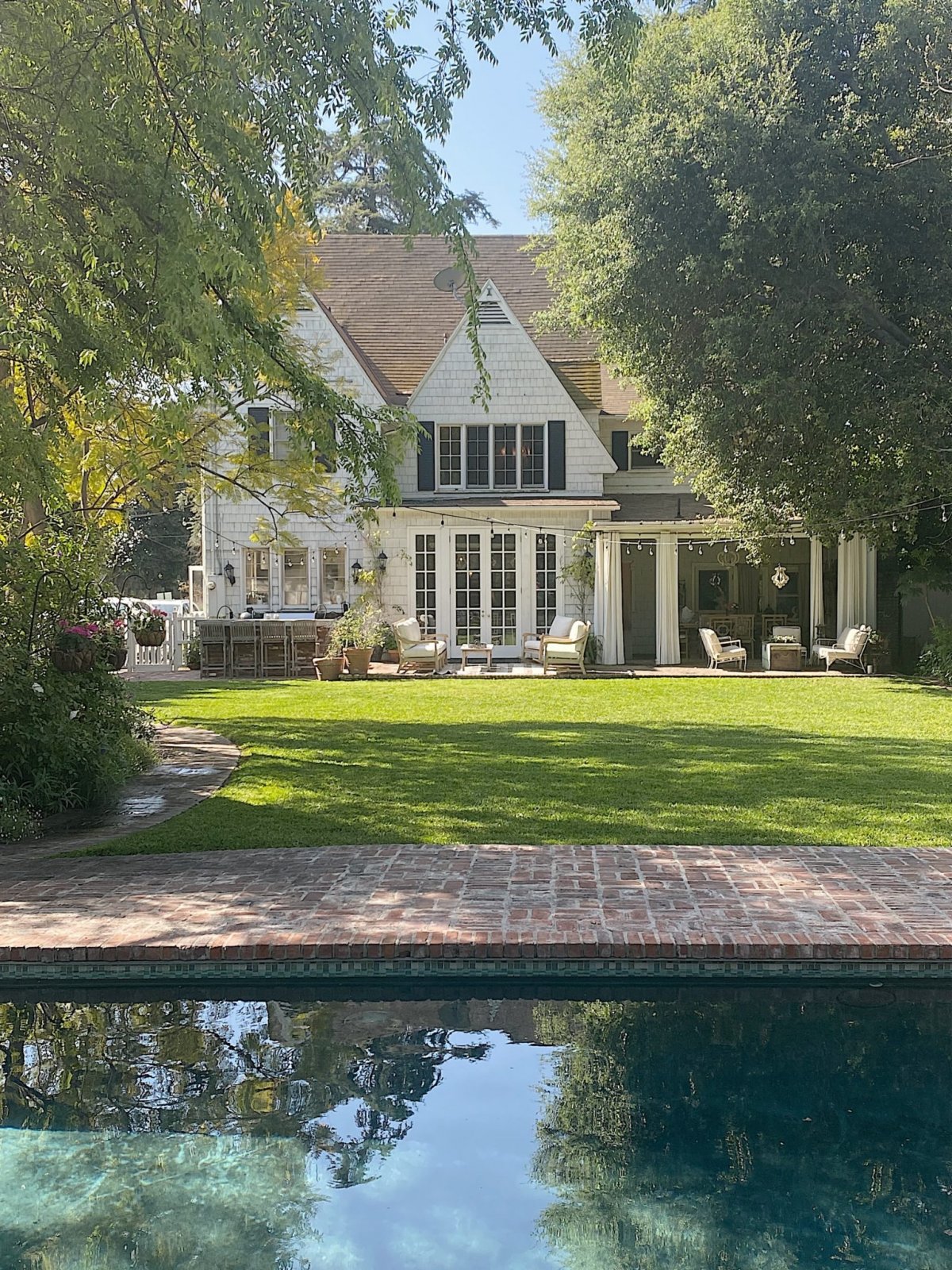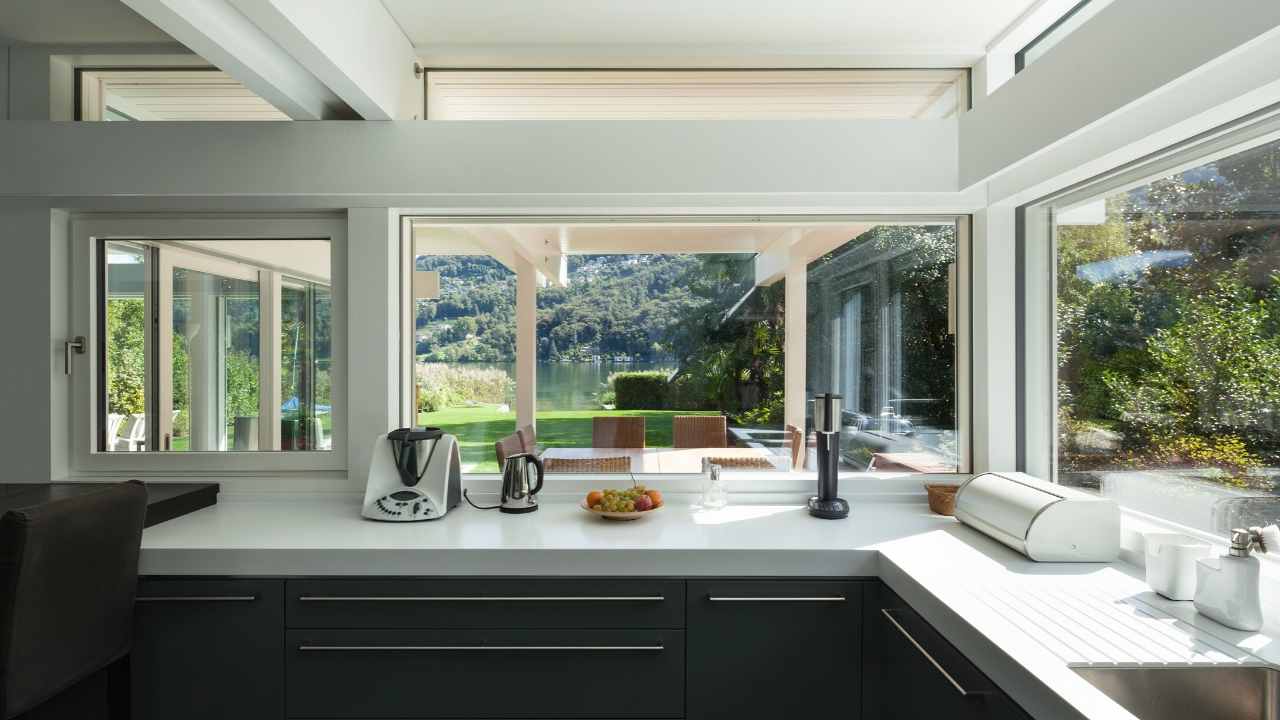
When you put your house up for sale, it is important that you know which renovations are most beneficial. You should remember that too many renovations can actually decrease your home's value. Instead, keep the interior and exterior decor neutral to appeal to a wide range of buyers. It doesn't matter if you are renovating your living room, kitchen or bathrooms. Stick with proven standards.
You can, for example, add living space. This is a major decision as you might want to add a bedroom or bathroom. This will not only be beneficial to you, but it could also benefit future buyers. Adding living space is an excellent way to increase your home's value, but it may also be an expensive venture. A Realtor can help you choose the right renovation if you are planning to add a room.

While it may not be possible to recoup the costs of renovations, it is important that you remember that you can get at least 80 percent of your investment back if the project was done right. This is especially true if you intend to sell your house in the future. An agent can suggest improvements that will increase the home's value. You should also take a look at the energy efficiency of your home to increase its value.
A bathroom addition can enhance the value of your home by enhancing its appearance. A bathroom addition can make your home more appealing to potential buyers. The only way to increase the home's worth is to add a bathroom. If you are looking to update the look or color of your bathroom, it may be worth replacing the tub and sink. It is important to think about the location of the second bathroom as well as the cost.
Other than replacing your kitchen, you could also upgrade the bathroom. A new water heater could add significant value to your house. Another common renovation that adds a bathroom is installing a new toilet. A tankless water heater can be installed to reduce your energy costs. A toilet is a great option to increase your home's value. This renovation is extremely popular with homebuyers and can increase the property's value by as much as 20%.

Adding a bathroom can boost the value of your home, but it is a costly endeavor. The cost of your home improvements project depends on many factors. The cost of your project will depend on the area you live in and the services you need. Your kitchen is an integral part of your home. You should make sure it's updated before you sell. It's best to make renovations that improve functionality instead of aesthetics.
FAQ
Is it better to hire either a general or subcontractor?
The cost of hiring a general contractor can be higher than that of a subcontractor. A general contractor has many employees, so they often charge their clients a lot of money for labor costs. On the other hand, a subcontractor only hires one employee, so he or she charges less per hour.
What are my considerations when purchasing a new house?
Make sure you have enough cash saved to pay closing costs before buying a new house. Refinancing your mortgage might be an option if you don’t have enough cash.
Is it better for floors or walls to be done first?
The best way to start any project is by deciding on what you want to achieve. It is important to consider how you will use the space, who it will be used for and why. This will help to decide whether flooring or wall coverings is best for you.
If you have decided that you want to create an open plan kitchen/living area then you may choose to install flooring first. Wall coverings are an option if you prefer to keep this space private.
Statistics
- On jumbo loans of more than $636,150, you'll be able to borrow up to 80% of the home's completed value. (kiplinger.com)
- A final payment of, say, 5% to 10% will be due when the space is livable and usable (your contract probably will say "substantial completion"). (kiplinger.com)
- It is advisable, however, to have a contingency of 10–20 per cent to allow for the unexpected expenses that can arise when renovating older homes. (realhomes.com)
- Design-builders may ask for a down payment of up to 25% or 33% of the job cost, says the NARI. (kiplinger.com)
- ‘The potential added value of a loft conversion, which could create an extra bedroom and ensuite, could be as much as 20 per cent and 15 per cent for a garage conversion.' (realhomes.com)
External Links
How To
How do I plan for a whole house renovation?
Planning a whole-house remodel requires planning and research. Before you even start your project there are many important things that you need to take into consideration. It is important to determine what type of home improvements you are looking to make. You could choose from different categories such as kitchen, bathroom, bedroom, living room, etc. Once you have decided which category you wish to work in, you will need to determine how much money you have to spend on your project. It's best to budget at least $5,000 per room if you don't have any experience working on homes. If you have experience, you may be able to manage with less.
Once you've determined the amount of money you can spend, you need to decide how large a job you want. If your budget only allows for a small renovation of your kitchen, you will be unable to paint the walls, replace the flooring or install countertops. On the other hand, if you have enough money for a full kitchen renovation, you can probably handle just about anything.
Next, find a contractor that specializes in the project you are interested in. You'll get high-quality results and save yourself lots of headaches down the line. Once you have hired a contractor, gather materials and other supplies. Depending on the project's size, you may have to buy all of the materials from scratch. However, there are plenty of stores that sell pre-made items so you shouldn't have too much trouble finding everything you need.
Once you've gathered the supplies needed, it's now time to start planning. To begin, draw a sketch of where you would like to place furniture or appliances. Then you will design the layout. Be sure to leave enough room for electric outlets and plumbing. You should also place the most frequently used areas closest to the front door, so visitors have easy access. Final touches to your design include choosing the right colors and finishes. In order to avoid spending too much money, stick to neutral tones and simple designs.
Now that your plan is complete, it's time you start building! Before you start any construction, be sure to check the local codes. Some cities require permits. Other cities allow homeowners without permits. To begin construction you will first need to take down all walls and floors. Next, you'll lay down plywood sheets to protect your new flooring surfaces. You will then attach or nail pieces of wood together to make the cabinet frame. Finally, attach doors to the frame.
After you're done, there are still a few things you need to do. For example, you'll probably want to cover exposed pipes and wires. To do this, you'll use plastic sheeting and tape. You'll also want to hang pictures and mirrors. Be sure to tidy up your work space at all costs.
These steps will help you create a functional, beautiful home that is both functional and attractive. Now that your house renovation plan is in place, you can get started.